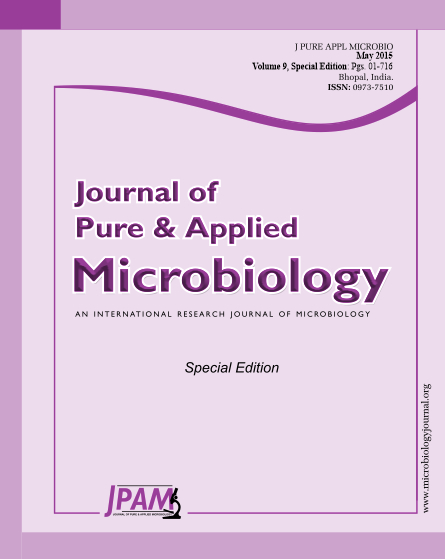Beneficial fungi found in the rhizosphere of cultivated plants next to some harmful microorganisms. These fungi which used in the vital biological control could be propagated and then put back again to the soil to get useful results for resisting plant diseases. The objective of this study was to isolate some biocontrol fungi to be used to reduce inhibitors phenols in olive press solid cake and convert it into a soil as bio-fertilizers. Twenty-five rhizosphere soil samples were collected from 25 locations in Khoaa village, Sakaka, Aljouf governorate, northern part of Saudi Arabia. A total of 3512 fungal isolates related to 11 genera were obtained from rhizosphere soil of alphalpha during November 2014. Four hundred and forty-two, 3 and 298 isolates of Gliocladium roseum, Pythium oligandrum and Trichoderma harzianum were isolated, respectively. Gliocladium roseum and Pythium oligandrum were capable to decompose phenols which is responsible for inhibiting cucumber seed germination. On the contrary, Trichoderma harzianum showed negative effect in reducing phenol content of the olive press cake, however, it showed its ability as a biocontrol. Gliocladium roseum and Pythium oligandrum can be used to convert the inhibitory olive press cake to media for the growth of cucumber seeds as well as a reservoir of biocontrol elements.
Biological control, Gliocladium roseum, Olive pressing solid cake, Phenolics; Pythium oligandrum, Trichoderma harzianum
© The Author(s) 2015. Open Access. This article is distributed under the terms of the Creative Commons Attribution 4.0 International License which permits unrestricted use, sharing, distribution, and reproduction in any medium, provided you give appropriate credit to the original author(s) and the source, provide a link to the Creative Commons license, and indicate if changes were made.


